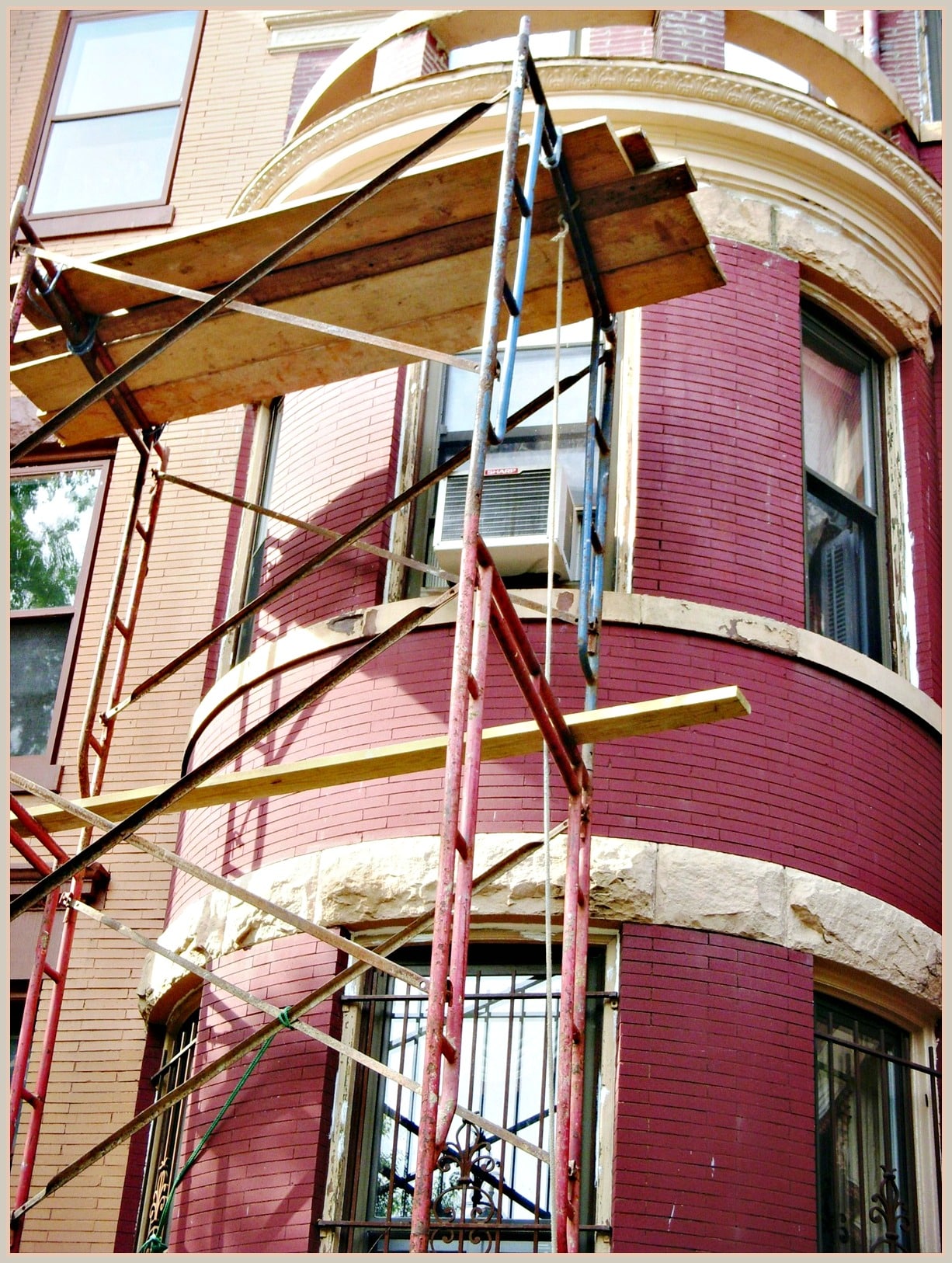House flipping: What you ought to know
Flipping houses is a term used to describe when purchasing old, dilapidated houses (usually at an auction), renovating, and selling them for a profit. Get to know the ins-and-outs of house flipping now.

Yes, you’ve heard of flipping pancakes; there’s even a restaurant in Melbourne named after it, but house flipping? What is that exactly?
Flipping houses is a term used to describe the process of purchasing dilapidated houses (usually at an auction), renovating them, and selling them for a profit. For some, the chance of becoming an overnight millionaire by selling revamped houses is too good to resist. However, house flipping is more than just a quick buy-and-sell job. It’s very risky work, and if you don’t know what you’re doing, you might end up losing money instead.
With housing markets still sagging, the profits may not be up to your expectations. Still, there are ways to make a profit if you go about it the right way. Find out everything there is to know about house flipping.
Location is everything
The house should be in a desirable neighbourhood or a place where people would want to live. People are looking for areas where they can settle down. If your house is gorgeous inside out, but its location is less than desirable, you’ll have a hard time selling. Steer clear of a house if the surrounding structures are boarded up or appear abandoned. Check the crime rate in the area as well. No one wants to live in a place that seems unsafe.
Look for homes in clean and well-established neighbourhoods. Home improvements are always a good sign. Check if the neighbours had recent add-ons like decks, pergolas, landscaping, and other aesthetic enhancements.
Structurally sound
Look for houses that have good structure. This will spare you from shelling out for stuff like electrical and plumbing and will free up your budget for cosmetic upgrades that will wow potential buyers. If you’re going to purchase a home from a real estate auction, either know what to look for or bring along someone who does. Find out which renovations to make and which ones to skip. Get a grasp on relevant tax laws, recognise when to cut your losses, and move on.
What to change
For a quick curbside enhancement, remove any clutter in the yard. Trim the grass and pull out any weeds and dead plants. A fresh coat of paint can also work wonders to improve the overall look and feel of the property. Neutrals work best. Choose a paint colour that appears warm under any light. If you’re unsure of which paint to pick, get the help of a professional painter.
Replace the carpets or check if they’re covering up gorgeous wood flooring. Cracked tiles or worn floorboards look ugly and can decrease the value of the house. Replace the tiles or paint them to liven up the area. When replacing the flooring, consider materials that require minimal upkeep.
To update the kitchen and bathroom, simply resurface the bench tops and cabinets, add new hardware and replace the old taps. Replace old toilet seats and caulk around toilets, tubs, and showers for a more polished look.
Hire a contractor if you’re not too keen on making the improvements yourself. A project supervisor can make sure that your reno job is done the right way, on schedule, and within budget.